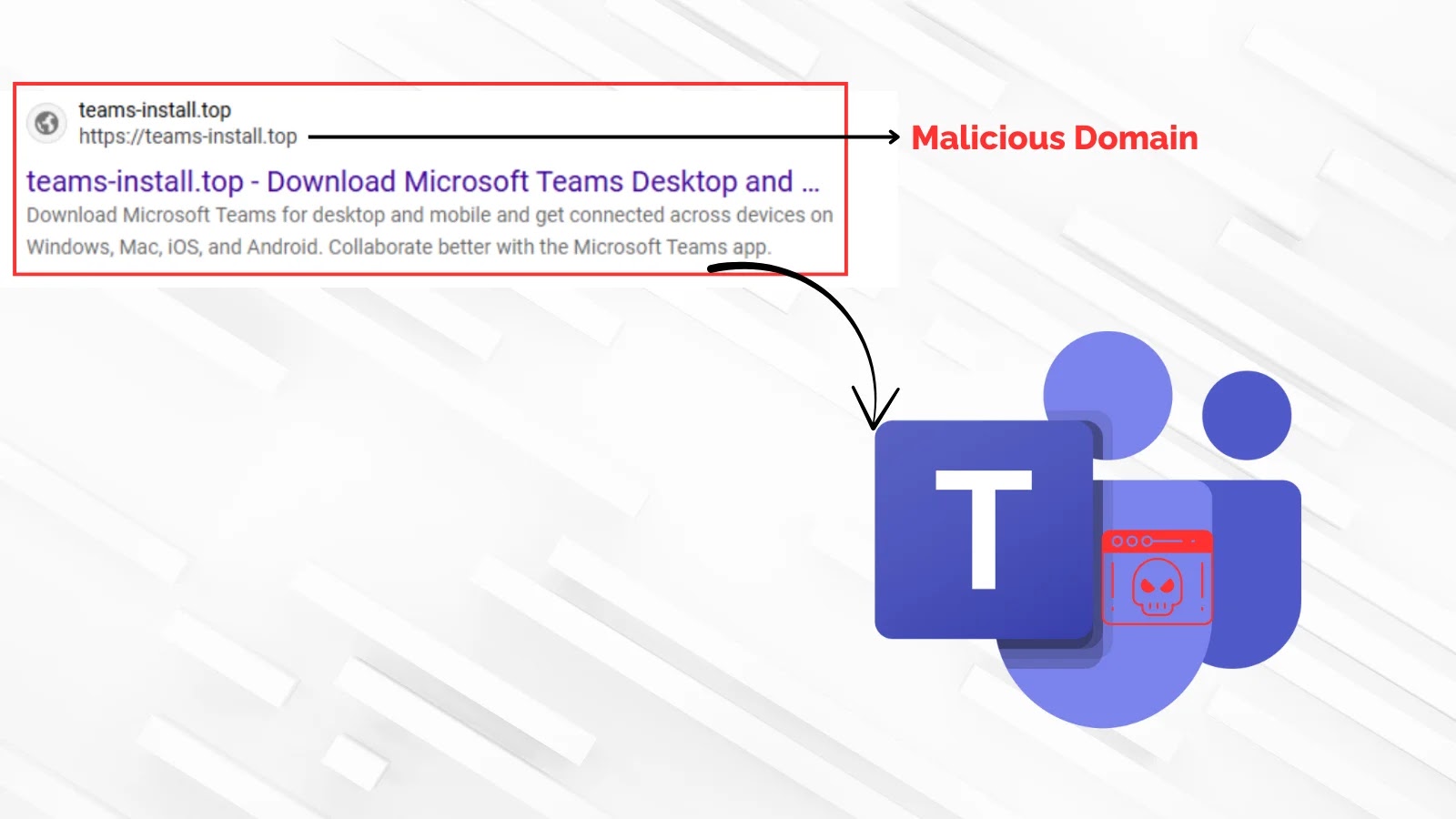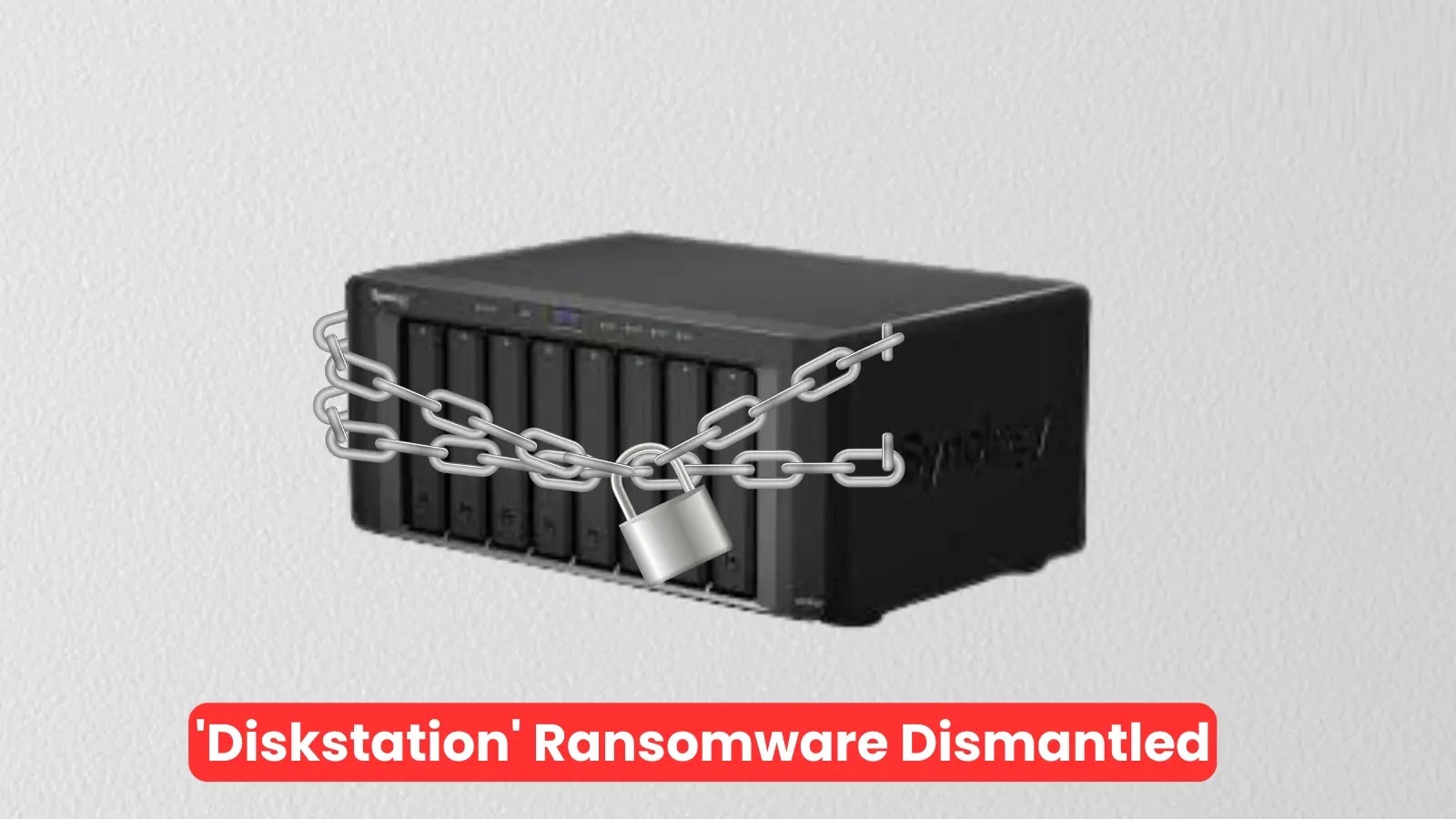In the rapidly evolving digital landscape, organizations are increasingly adopting Security Service Edge (SSE) solutions to safeguard their networks and data. SSE, a cloud-based security framework, integrates multiple security services to provide comprehensive protection for users, applications, and data, regardless of location. This approach addresses the challenges posed by remote work, cloud adoption, and the need for scalable security measures.
Understanding Security Service Edge (SSE):
SSE is a subset of the broader Secure Access Service Edge (SASE) model, focusing specifically on security services delivered from the cloud. It encompasses key components such as Zero Trust Network Access (ZTNA), Secure Web Gateway (SWG), Cloud Access Security Broker (CASB), and Firewall as a Service (FWaaS). By consolidating these functions, SSE offers a unified platform that simplifies management, reduces complexity, and enhances threat detection and response capabilities.
Key Benefits of SSE:
1. Enhanced Security Posture: SSE provides consistent security policies across all users and devices, ensuring robust protection against cyber threats.
2. Reduced Complexity: By integrating multiple security services into a single platform, SSE simplifies the security infrastructure, making it easier to manage and maintain.
3. Improved Performance: Delivering security services closer to the user reduces latency and enhances the overall user experience.
4. Scalability: SSE solutions can easily scale to accommodate the growing needs of organizations, supporting remote workforces and cloud applications effectively.
Top 10 SSE Solutions for 2025:
1. Twingate:
– Features:
– Granular Access Controls
– Device Intelligence
– Universal Multi-Factor Authentication (MFA)
– Zero Trust as Code
– Security at Scale
– Overview: Twingate modernizes secure access to corporate resources without the complexity of traditional VPNs. Its zero-trust network access model ensures that only authorized users and devices can access specific resources, enhancing security and compliance.
2. Cisco Umbrella Cloud Security Service:
– Features:
– DNS-Layer Security
– Secure Web Gateway
– Cloud Access Security Broker (CASB)
– Cloud Data Loss Prevention (DLP)
– Cloud-Delivered Firewall
– Remote Browser Isolation (RBI)
– Overview: Cisco Umbrella integrates multiple security functions into a single solution, providing proactive threat prevention and secure access to the internet and cloud services. Its DNS-layer security blocks malicious domains before connections are established, reducing the risk of malware infections.
3. Perimeter 81:
– Features:
– Zero Trust Network Access (ZTNA)
– Global Backbone Network
– Hybrid Secure Web Gateway (SWG)
– Malware Protection
– Web Filtering
– Split Tunneling
– Overview: Perimeter 81 offers seamless network security with user-centric management, enabling secure remote access and protecting against web-based threats. Its global network ensures low-latency connections, enhancing performance for remote users.
4. Forcepoint:
– Features:
– Zero Trust Network Access (ZTNA)
– Secure Web Gateway (SWG)
– Data Loss Prevention (DLP)
– Cloud Access Security Broker (CASB)
– Remote Browser Isolation (RBI)
– Email Security
– Overview: Forcepoint provides context-aware, data-centric security that adapts to real-time risk, ensuring comprehensive protection across various environments. Its DLP capabilities prevent sensitive data from leaving the organization, mitigating the risk of data breaches.
5. Skyhigh Security:
– Features:
– Comprehensive Visibility and Control
– Data Loss Prevention (DLP)
– Threat Protection
– Cloud Access Security Broker (CASB)
– Secure Web Gateway (SWG)
– Cloud-Native Architecture
– Overview: Skyhigh Security offers extensive visibility and control over data and threats across multi-cloud environments, ensuring secure cloud adoption. Its cloud-native architecture provides scalability and flexibility to meet evolving security needs.
6. Netskope Security Service Edge:
– Features:
– Cloud Security Posture Management
– Data Loss Prevention (DLP)
– Threat Protection
– Cloud Access Security Broker (CASB)
– Secure Web Gateway (SWG)
– Zero Trust Network Access (ZTNA)
– Overview: Netskope integrates cloud, data, and network protection to secure sensitive information effectively, supporting safe cloud usage and compliance. Its real-time data and threat protection capabilities safeguard against advanced threats and data exfiltration.
7. Palo Alto Networks:
– Features:
– Advanced Threat Protection
– Secure Web Gateway (SWG)
– Cloud Access Security Broker (CASB)
– Zero Trust Network Access (ZTNA)
– Data Loss Prevention (DLP)
– Firewall as a Service (FWaaS)
– Overview: Palo Alto Networks delivers comprehensive security with complete visibility and precise control, protecting against sophisticated cyber threats. Its integrated platform simplifies security operations and enhances threat response times.
8. Proofpoint:
– Features:
– Email Security
– Cloud App Security
– Threat Protection
– Data Loss Prevention (DLP)
– Security Awareness Training
– Cloud Access Security Broker (CASB)
– Overview: Proofpoint focuses on protecting organizations’ email, cloud applications, and networks from advanced threats, ensuring business continuity. Its security awareness training programs help educate employees on recognizing and mitigating cyber threats.
9. Zscaler SASE:
– Features:
– Zero Trust Network Access (ZTNA)
– Secure Web Gateway (SWG)
– Cloud Access Security Broker (CASB)
– Data Loss Prevention (DLP)
– Firewall as a Service (FWaaS)
– Digital Experience Monitoring
– Overview: Zscaler offers secure, direct internet connections with integrated data protection for distributed environments, enhancing user experience and security. Its digital experience monitoring provides insights into application performance and user satisfaction.
10. NordLayer:
– Features:
– Zero Trust Network Access (ZTNA)
– Secure Web Gateway (SWG)
– Cloud Access Security Broker (CASB)
– Data Loss Prevention (DLP)
– Firewall as a Service (FWaaS)
– Flexible Deployment Options
– Overview: NordLayer provides a flexible, scalable network security solution for businesses needing agile, remote workforce protection. Its zero-trust approach ensures secure access to corporate resources, regardless of user location.
Conclusion:
As organizations continue to navigate the complexities of remote work and cloud adoption, implementing robust SSE solutions becomes imperative. The aforementioned providers offer comprehensive security services that address the diverse needs of modern enterprises, ensuring data protection, compliance, and operational efficiency.



